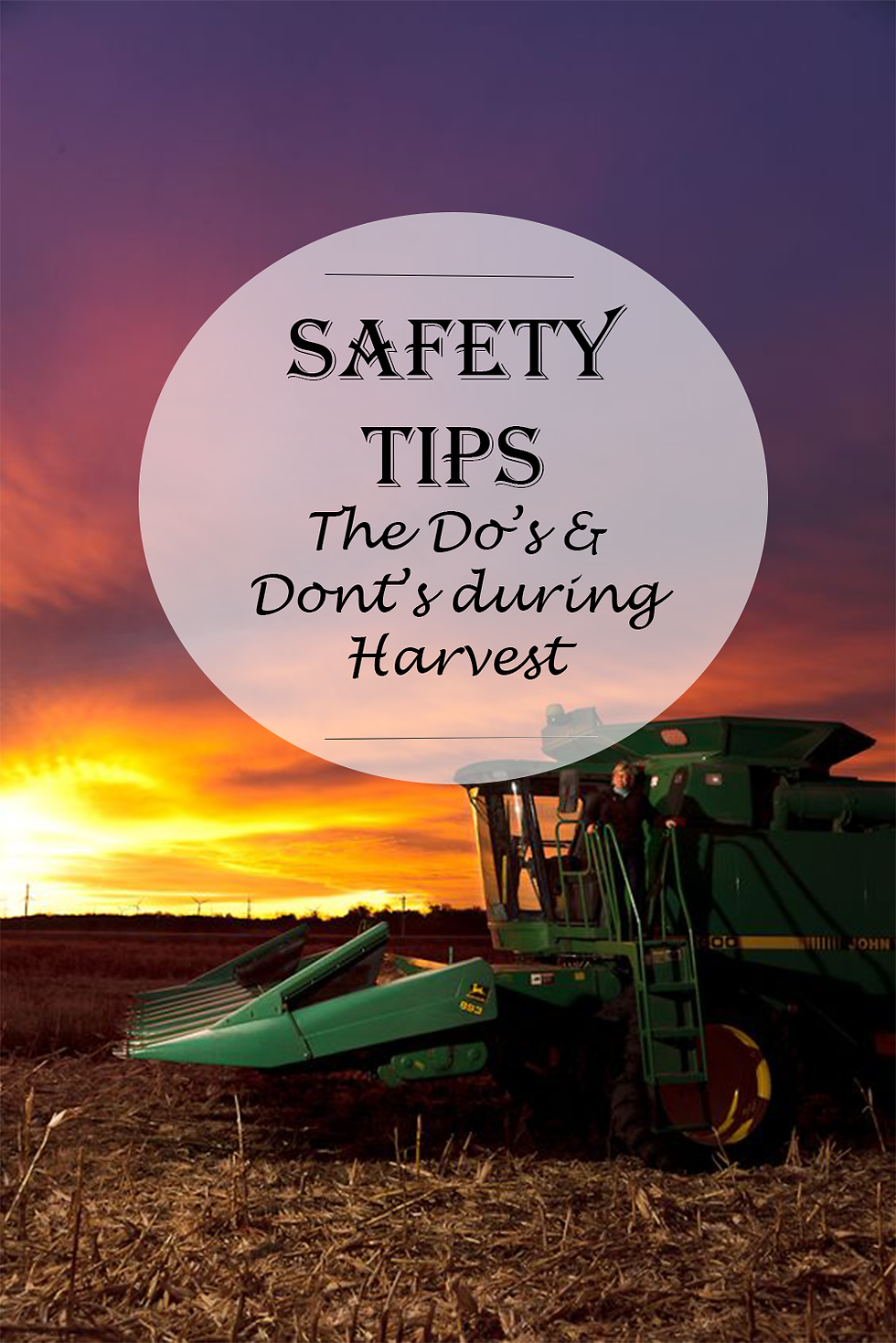Alfalfa weevils are now active in Iowa
- Taylor Lewis
- Apr 19, 2017
- 2 min read
As we gear up for nicer weather this spring we need to be on the look out for Alfalfa weevils. Adult alfalfa weevils become active and will start laying their eggs as soon as temperatures exceed 48*F. Alfalfa weevils will develop with the temperature, or growing degree days. The eggs will hatch anywhere between 200-300 degree days. Based on the current growing degree days since January, Alfalfa weevils could be active throughout the southern and central Iowa.
Alfalfa weevils are a plant defoliating pest for Alfalfa. When this adult pest feeds heavily on the plant it can cause a decrease in tonnage and forage quality. However, the majority of the plant injury is done during the larvae stage. The female weevils can lay anywhere from 800-4,000 eggs in their lifetime. Newly hatched larvae are found feeding on the newly expanded leaves whereas, maturing larvae (Photo 1) gradually move down the plant and begin feeding between the leaf veins. Weevil activity will peak around 575 days as they move to the lower leaves and to the leaf litter. Depending on temperature it could take about eight weeks for the weevil to reach adult stage. Adults (Photo 2) eat along the leaf margin, leaving irregular notches. A heavily infested field will look like the plant is frosted or silver (Photo 3).

Photo 1: Alfalfa weevil larvae

Photo 2: Alfalfa weevil Adult

Photo 3: Alfalfa frosted or silver
Once reaching the 300 degree days, use a sweep net to sample the adults and larvae to confirm activity. South facing slope/ hills will warm up faster and this should be an area to check first. After collecting larvae with a sweep net, collect six alfalfa stems in 5 locations throughout the field. Shake each plant into a bucket to dislodge any alfalfa weevils and determine the threshold for that field. (Figure 1) Cutting alfalfa is an effective management tool for alfalfa weevil larvae and insecticide application may be avoided if harvesting within a few days of reaching economic threshold.

Figure 1: Economic Threshold for Alfalfa weevils
Source: Iowa State University & Google Image

































Comments